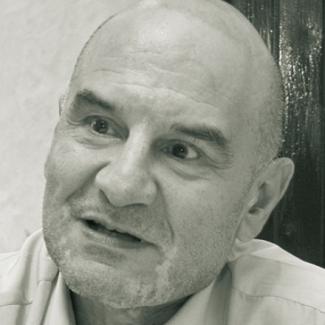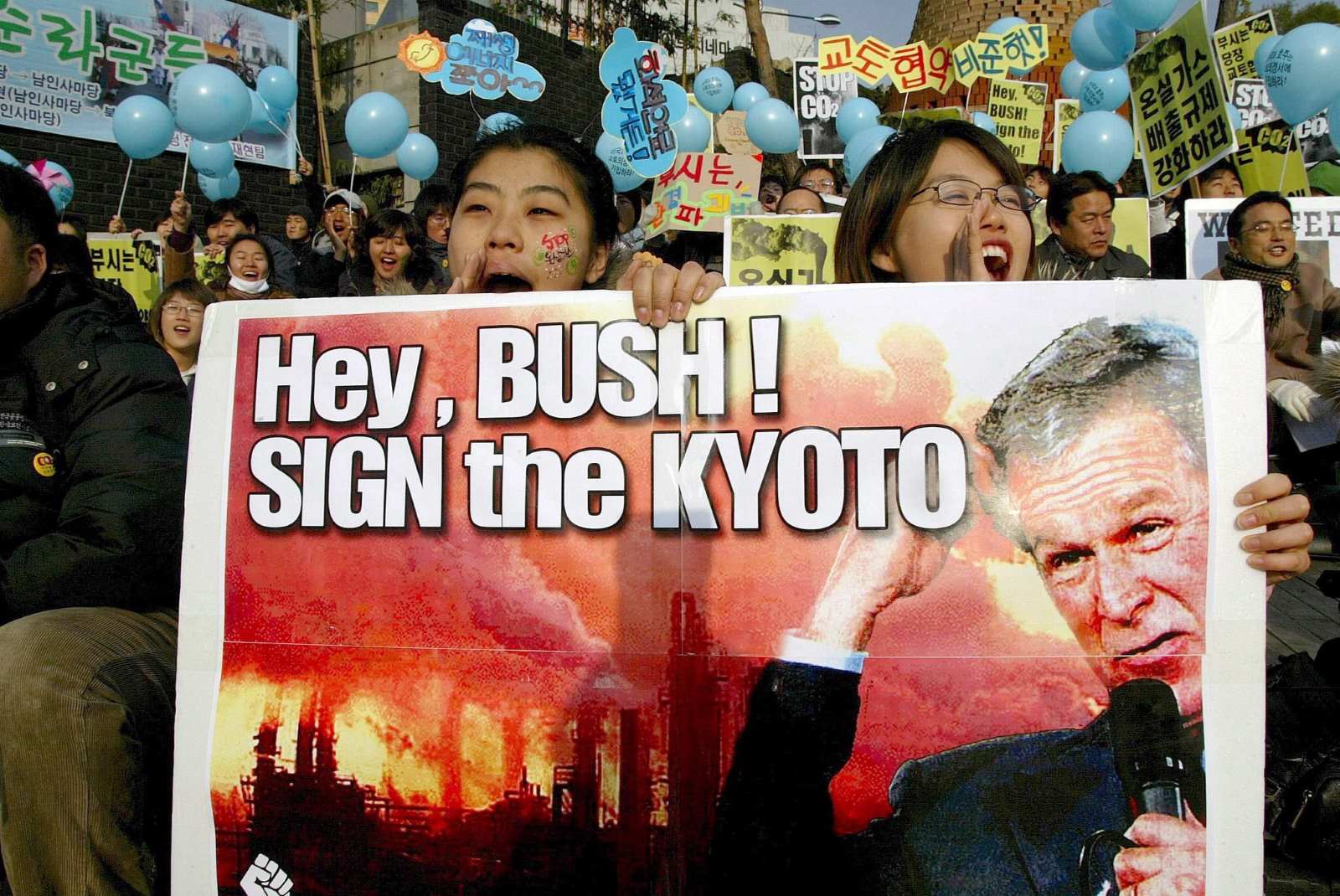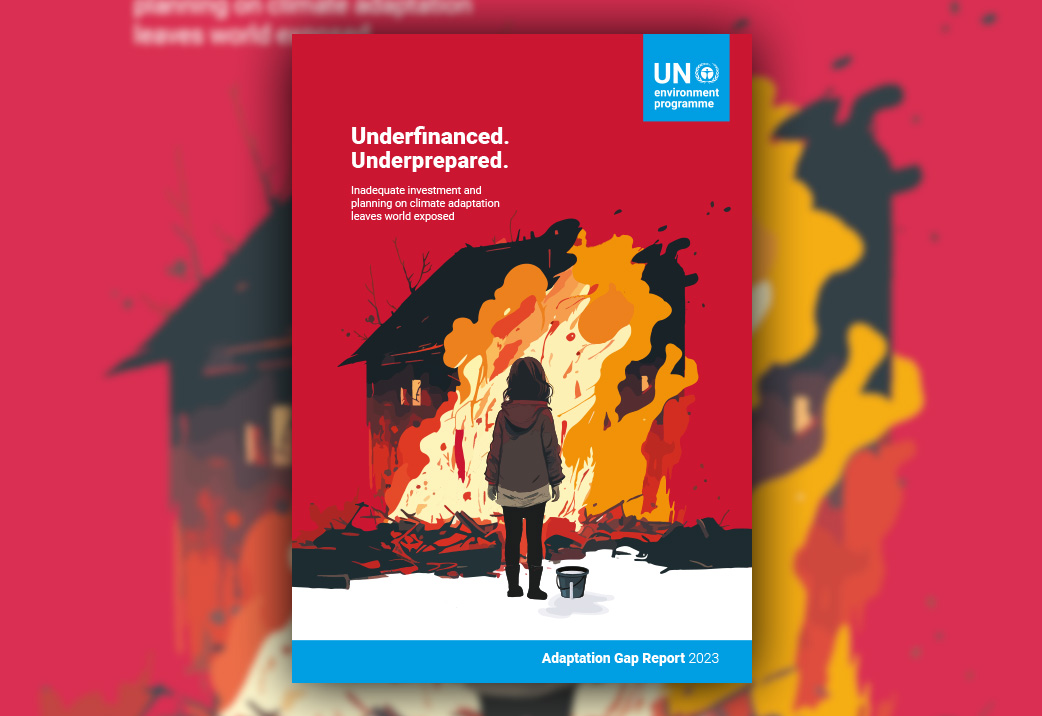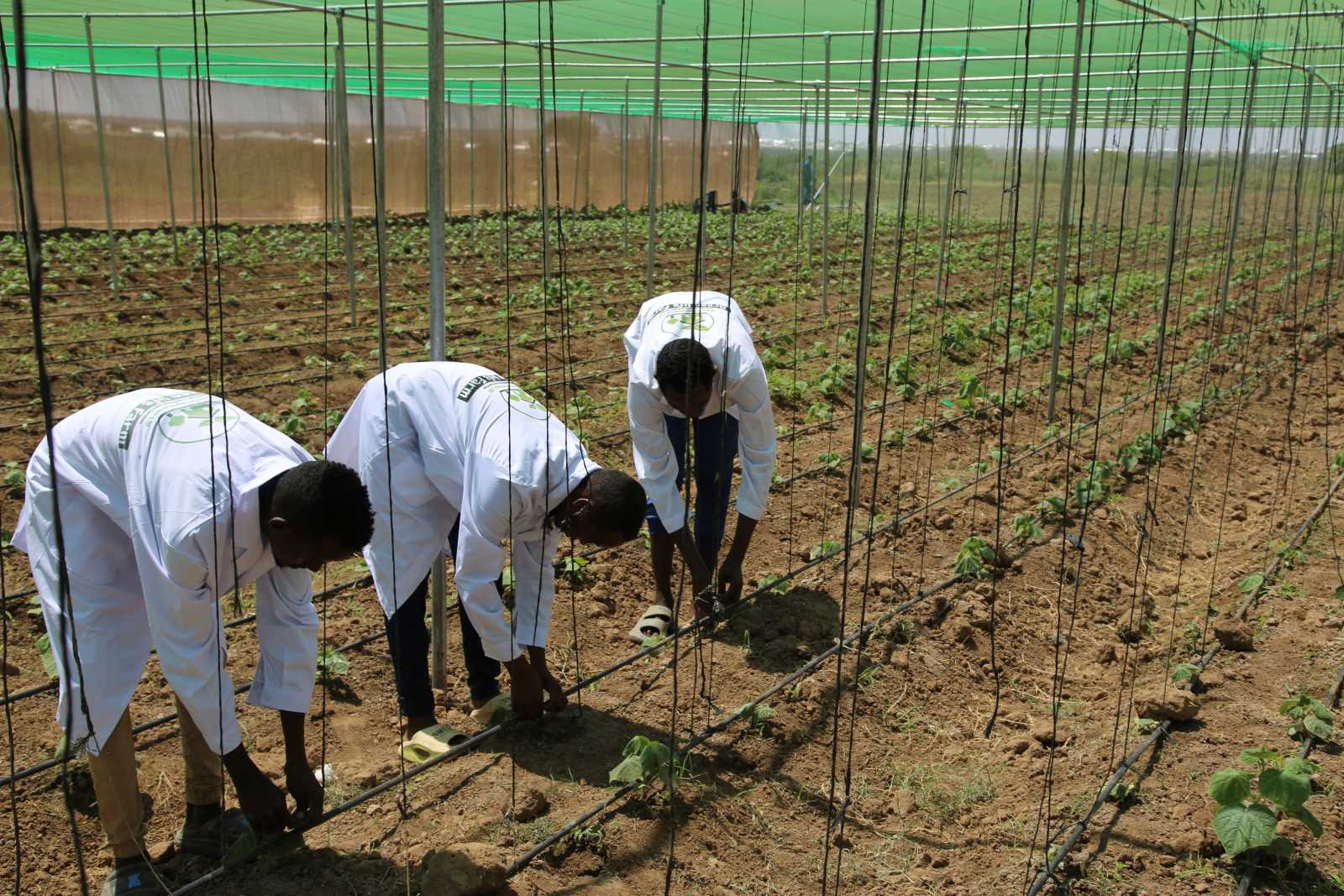International cooperation
Global climate finance: an update after COP28
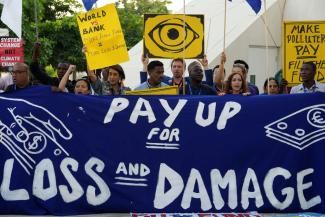
Ever since the inauguration of the international climate-change regime, high-income countries have pledged to provide developing countries with funding to tackle global heating. They renewed this promise in 2009 when they committed to jointly mobilise $ 100 billion per year by 2020 to this end. At the 2015 climate summit in Paris, they agreed to extend that goal until 2025 and to set a new collective goal of at least $ 100 billion per year for the period after that.
In a previous contribution, we assessed to what extent rich countries meet their obligations. We concluded that they largely fail to do so. In this essay, we check what changed after the most recent UN climate summit in December 2023 in Dubai (COP28).
At COP28, new pledges were made to different climate funds that help poorer countries to take action on climate. First, at the opening of COP28, a fund covering loss and damage was formally established. Following suit, several countries announced pledges to the fund. France and Italy made the largest commitment ($ 108.9 million each), followed by Germany and the United Arab Emirates ($ 100 million each). In total, pledges so far have reached about $ 661 million.
UNFCCC members had decided to establish the Loss and Damage Fund at COP27 in Sharm el-Sheikh in 2022. The aim was to compensate vulnerable countries for climate-induced harm which already occurred or no longer can be avoided, and which goes beyond what people can adapt to. However, despite this decision, negotiations on how the fund would operate continued through 2023. Finally, stakeholders agreed that the fund will be administered by the World Bank, via a board of 26 directors representing both industrialised and developing countries. The fund should receive both public and private contributions.
Second, Dubai saw additional funding for the Green Climate Fund (GCF). The GCF was created in 2010 to provide developing countries with funding for both mitigation and adaptation. The fund accepts contributions from UNFCCC countries, public, non-public and alternative sources, including countries not party to the UNFCCC and private foundations. A total of $ 9.3 billion were confirmed for the initial resource mobilisation from 2015 to 2018, while $ 9.9 billion were confirmed for the first replenishment period from 2019 to 2023.
The second GCF replenishment period is running from 2024 to 2027. Previous to COP28, countries had already pledged to deliver $ 9.3 billion during that period. In Dubai, an additional $ 3.5 billion were announced. If all contributions are confirmed, the GCF will receive at least $ 12.8 billion in the period.
Third, several countries made pledges to the three UNFCCC funds dedicated to adaptation. All funds were established in 2001. Concerning the Adaptation Fund, the countries pledged a total of $ 192 million. Germany promised the largest sum ($ 65.7 million). The Adaptation Fund is dedicated to providing financial resources for climate adaptation in countries which are not mentioned as advanced countries in UNFCCC Annex I – and especially the most climate-vulnerable ones.
The Least Developed Countries Fund (LDCF) and the Special Climate Change Fund (SCCF) focus on adaptation in the areas of agriculture, water and nature-based solutions as well as early warning and climate information systems. In Dubai, pledges to the LDCF totalled $ 141.7 million, while those to the SCCF amounted to $ 32.5 million. Both funds are operated via the Global Environmental Facility. While the LDCF focuses on the urgent and immediate adaptation needs of least-developed countries, the SCCF supports all developing countries with a special focus on climate adaptation in small island states.
Keeping things in perspective
According to an OECD report, in 2021 the total climate finance provided amounted to $ 89.6 billion (OECD 2023). Based on preliminary data, OECD finds it likely that the $ 100 billion goal was met in 2022. Without a doubt, the pledges made in Dubai are an important step towards fulfilling the goal in the medium term.
However, the good news should be taken with a grain of salt for at least three reasons. First, $ 100 billion per year is only a small fraction of what is needed to fund adaptation and loss and damage in developing countries.
Second, the burden for the $ 100 billion/year goal continues to be unevenly distributed. The World Resources Institute (WRI), an independent think tank based in Washington D.C., assessed how much each developed country should contribute to the goal based on their GNI and population. According to the WRI, only very few countries contribute their fair share, and the pledges made in Dubai did not change that.
Third, some of the most important reasons why developed countries fail to keep their promises have not been successfully addressed in Dubai. For example, not complying with climate-finance pledges remains unsanctionable.
Growing geopolitical challenges
Meanwhile, geopolitical conflicts keep diverting attention and resources away from climate financing. Western countries have increased their military budget since Russia’s attack on Ukraine. This money cannot be spent on other objectives, including climate action. The Gaza war is a major source of instability too. Hostilities have escalated since Hamas attacked Israel on 7 October 2023, and there is a considerable risk of the war spreading across the Middle East. Animosities between the US and Iran are a sign of concern, as is the strategic competition between the US and China.
The outcome of the US presidential elections is likely to impact climate finance too. Under Donald Trump as president, the US withdrew from the Paris climate agreement in 2017. President Joe Biden returned his country to the agreement after entering office in 2021. Should Donald Trump win the election in November this year, American and international climate policy might suffer tremendously.
Link
OECD, 2023: Climate finance provided and mobilised by developed countries in 2013-2021.
https://www.oecd-ilibrary.org/sites/e20d2bc7-en/index.html?itemId=/content/publication/e20d2bc7-en
Larissa Basso is a researcher in international environmental politics at the Institute of Advanced Studies, University of São Paulo.
larissabasso@gmail.com
Eduardo Viola is a professor of international relations at the University of São Paulo, the University of Brasília and the Getúlio Vargas Foundation.
eduardo.viola@fgv.br

